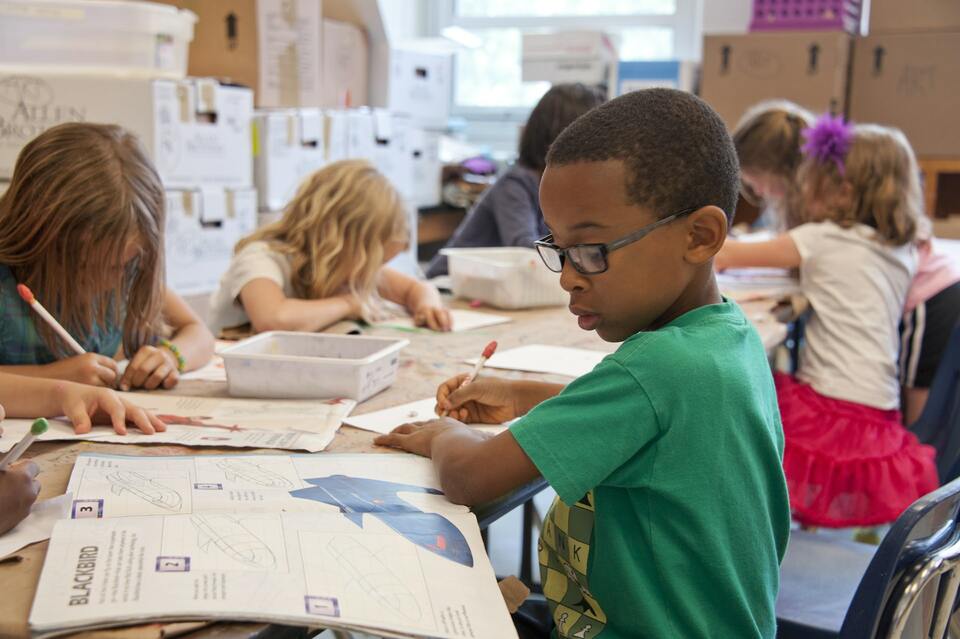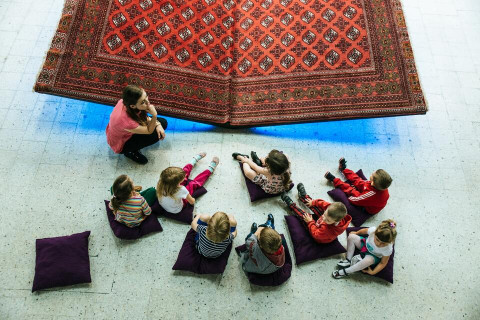A Quick Guide to Cultural Differences in the Classroom for Teachers and Educators
Are you interested in how to teach students from different cultures?
Would you like to understand why cultural competence is important for teachers?
As a teacher or educator, if you would like to learn more about how to be mindful of cultural differences, then this guide will point you in the right direction.
People around the world communicate, share information, learn and teach in different ways.
A lot of this is down to culture.
If you teach culturally diverse students or teach abroad, in a foreign country, then it’s good to be aware of the impact of cultural differences on your own teaching style.
This will help you adapt your classes and teaching style to better the audience or audiences.
Culturally responsive teaching is a modern and effective teaching method that will definitely benefit you and your students. In this guide we’ll briefly explore how culture impacts the classroom by looking at 5 areas:
1. learning styles
2. authority and respect
3. participation
4. rules
5. feedback

Sign-up for our eLearning course on Cultural Competence for Teachers.
Only $25! for a limited time only!

Image by CDC
1. Learning Styles and Cultural Differences in Teaching
Cultures learn in different ways. Some like to be hands-on, some like to chat things through and some like to analyse information.
Understanding more about different learning styles and how they relate to national cultural traits can really help teachers working with students from other cultures better adapt to their learning needs and provide successful teaching content.
Sometimes trying to teach someone from a very different culture with your own teaching style and approach can cause confusion and backfire. That is why cultural responsiveness in education is very important, especially in the modern educational process.
2. Authority and Cultural Differences in Teaching
Cultures perceive authority in different ways. Some see authority as something to be challenged, others to be respected and others are somewhere in between.
In the classroom, it’s important to understand what tone to set with your pupils. Practising cultural response teaching will help you hone the skill of understanding what tone to set with your pupils. If you are a teacher from a more hierarchical culture teaching students from a more egalitarian culture, then you’re likely to come across as very formal, strict and not much fun.
Turning the tables and a more egalitarian teacher trying to interact with students from a more hierarchical culture, can come across as unprofessional.
Image by National Cancer Institute
3. Participation and Cultural Differences in Teaching
Cultures define participation in different ways. Some cultures expect students to sit and take notes, some expect students to question the teacher and others expect to be given formulas that help them pass a test.
It’s important for teachers to understand that ‘participation’ in one culture can look the opposite in another. For example, if you are a teacher who expects their pupils to ask lots of questions, speak up in class and be very vocal then it’s going to be challenging teaching students who generally expect to say very little and just listen.
Adapting your teaching style or lesson plans can really make a positive impact in encouraging participation and positivity around topics or content.
4. Rules and Cultural Differences in Teaching
Cultures understand rules in different ways. Some are very ‘tight’ when it comes to obeying and respecting rules, others are much more ‘loose’ in that they see rules as something open to interpretation or challenge.
In culturally diverse classrooms teachers need to understand how students from different cultures perceive rules. If you are a teacher from a ‘tight’ culture working with students from a ‘loose’ culture, it can be very challenging as it feels like students are constantly trying to undermine you.
Learning how to communicate and enforce rules in different ways can help teachers overcome common problems in classroom management.
Image by Annika Gordon
5. Feedback and Cultural Differences in Teaching
Cultures give and receive feedback in different ways. Some prefer teachers to be direct and open when giving students feedback, others expect a more diplomatic or indirect approach and then there are cultures that prefer a more formal approach.
A German teacher once confessed to making her students in Pakistan cry in class when she gave them feedback on their work. She soon figured out her feedback style was coming across as critical and her students were feeling ashamed in front of their classmates.
And when you have different cultures in the classroom, even more difficult situations can happen. It is important to learn to deal with them.
How you give and receive feedback is intricately linked to a culture’s communication style, approach to hierarchy and what is deemed appropriate in private or public.
Being a Culturally Responsive Teacher
So, as you can see, culture plays a big role in shaping expectations around teaching and learning in education.
Being a ‘culturally responsive teacher’ or being a 'culturally competent teacher' means you have the ability to recognise different cultural influences and traits as well as the skills and know-how to adapt to different students’ needs.
This helps you become a better educator and for your students, it means they have a more effective teacher.
Want more? Enrol on our eLearning course about teaching across cultures.
Only $25 - for a limited time only!
Main image by Monika Kozub
Related Posts
By accepting you will be accessing a service provided by a third-party external to https://www.commisceo-global.com/

 +44 0330 027 0207 or +1 (818) 532-6908
+44 0330 027 0207 or +1 (818) 532-6908


